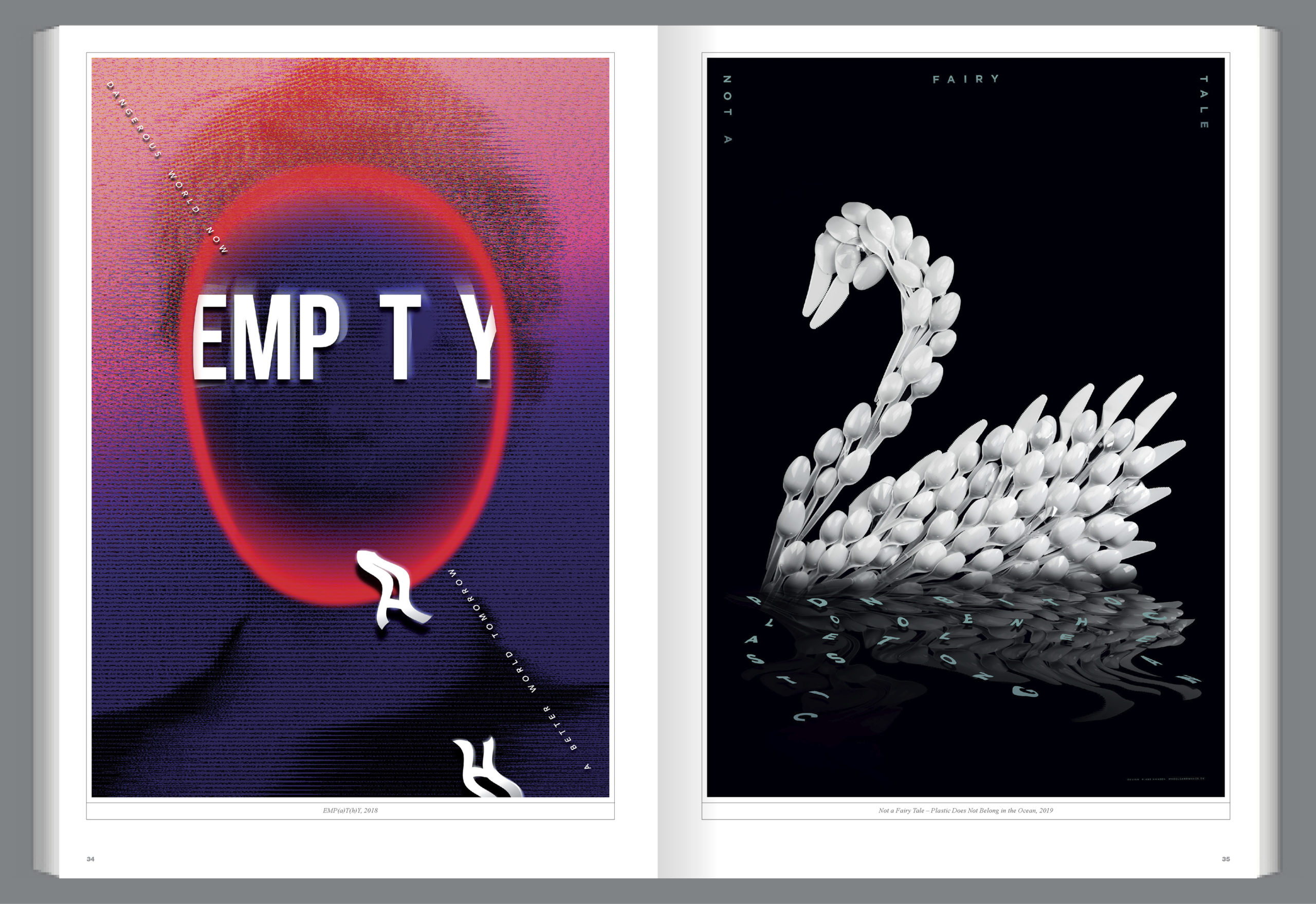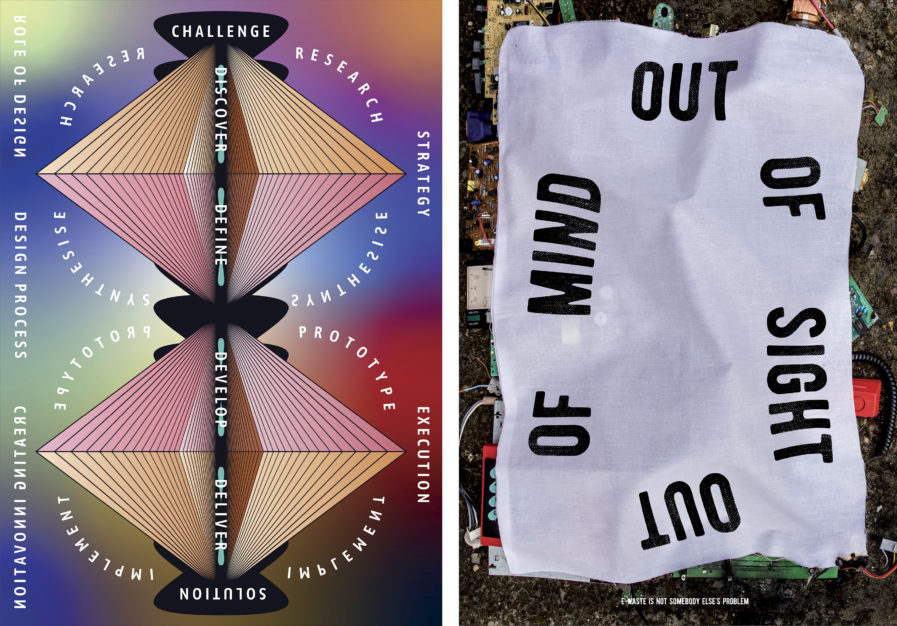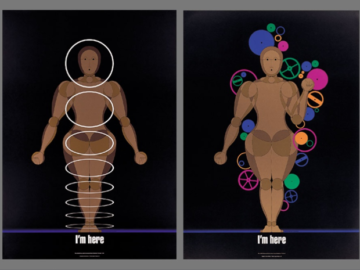“When you graduate, there’s no guarantee that the perfect job is waiting for you. Maybe you have to deal with being unemployed for some period of time. I always tell my students to do some design projects that are driven and defined by themselves, find people or classmates to work with, and organize a group to meet with, discuss, advise, and help each other. If there is no assignment from a client coming to you, create your own assignment; there are so many problems to be solved.”
Rikke Hansen is a graphic designer and educator. For several years, she has worked with product development, branding, and consulting. Rikke works on and researches design development projects and has her design studio doing print and digital design. She also owns a letterpress workshop. Rikke is vice chairman of the Danish Book Craft Society, a board member of the Bienal del Cartel Bolivia (BICeBé), and an advisory board member for the Odisha Design Council (ODC). She is also a member of the China International Design Educator Association (C-IDEA) and the China Europe International Design and Culture Association (CEIDA). Rikke has been exhibiting and giving lectures and workshops internationally in Asia, the Middle East, and North and South America. See her work and find more information at www.wheelsandwaves.dk.






